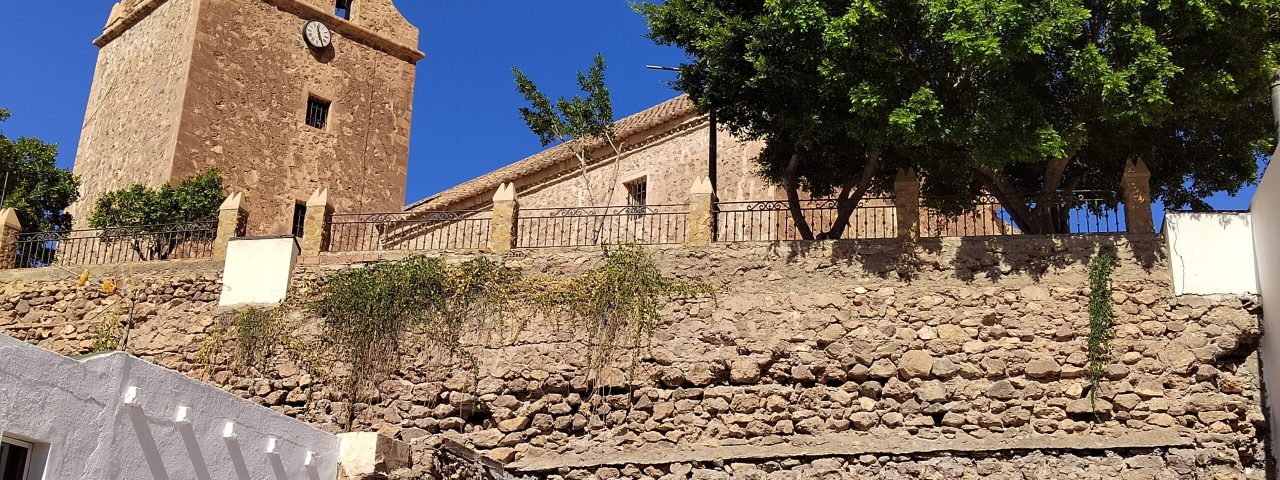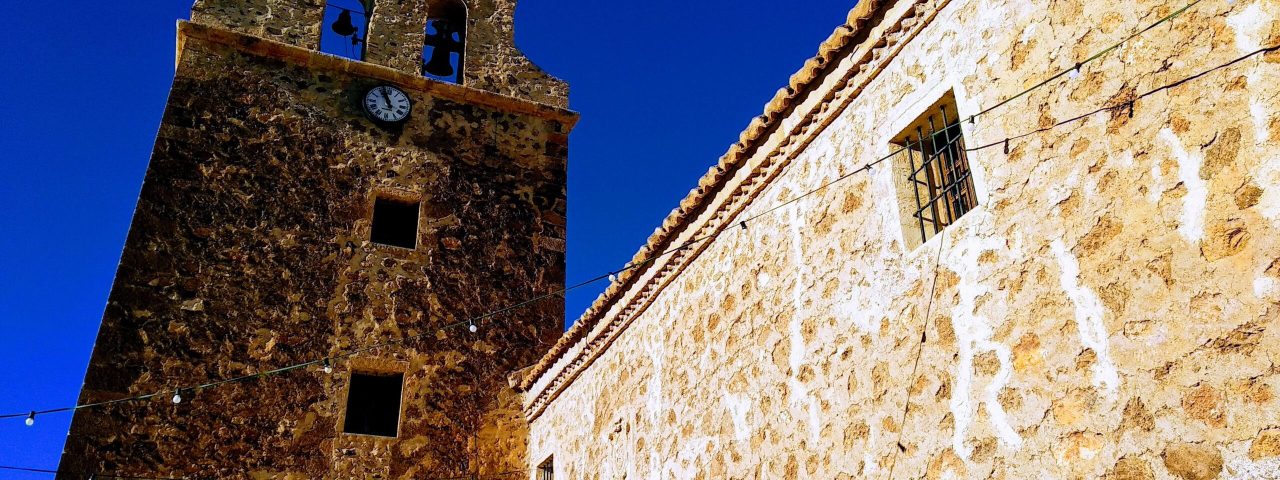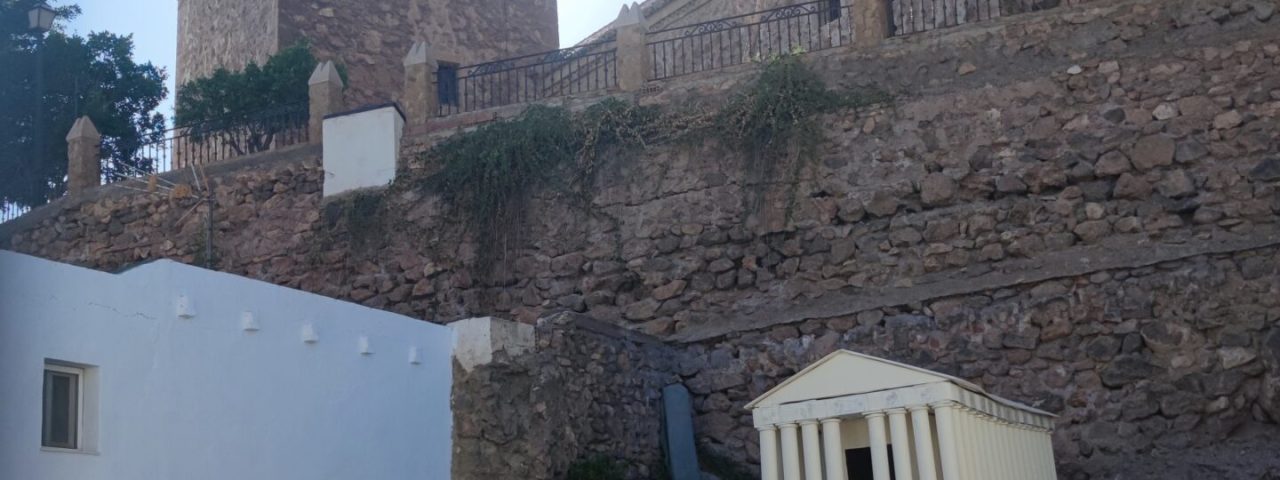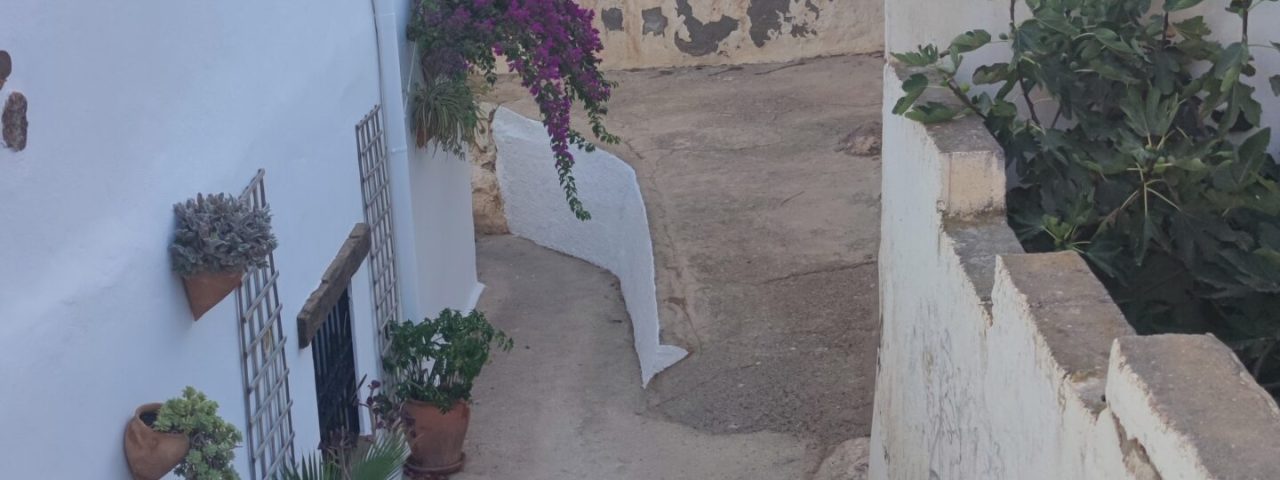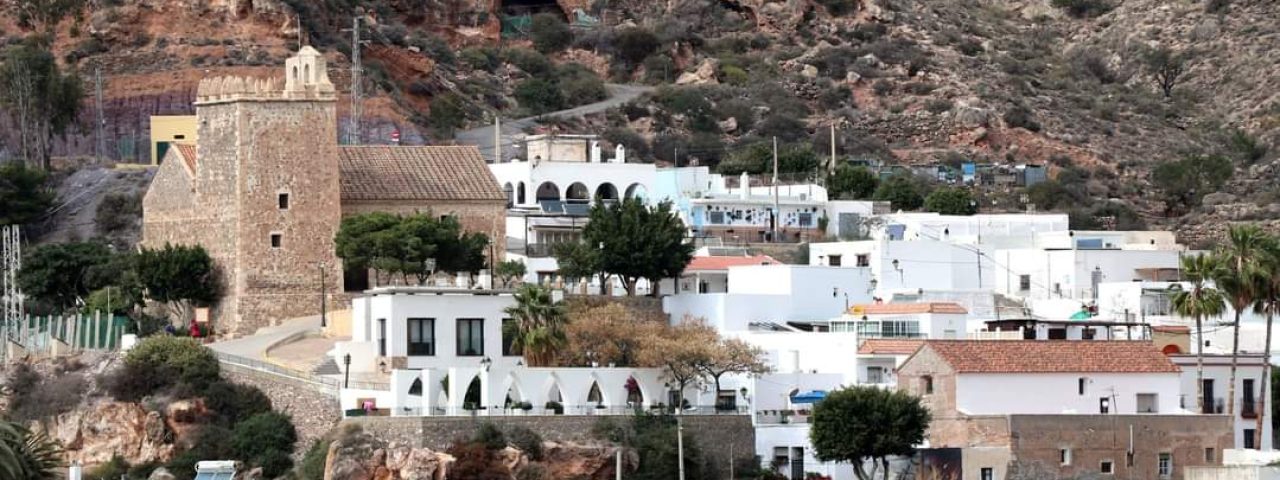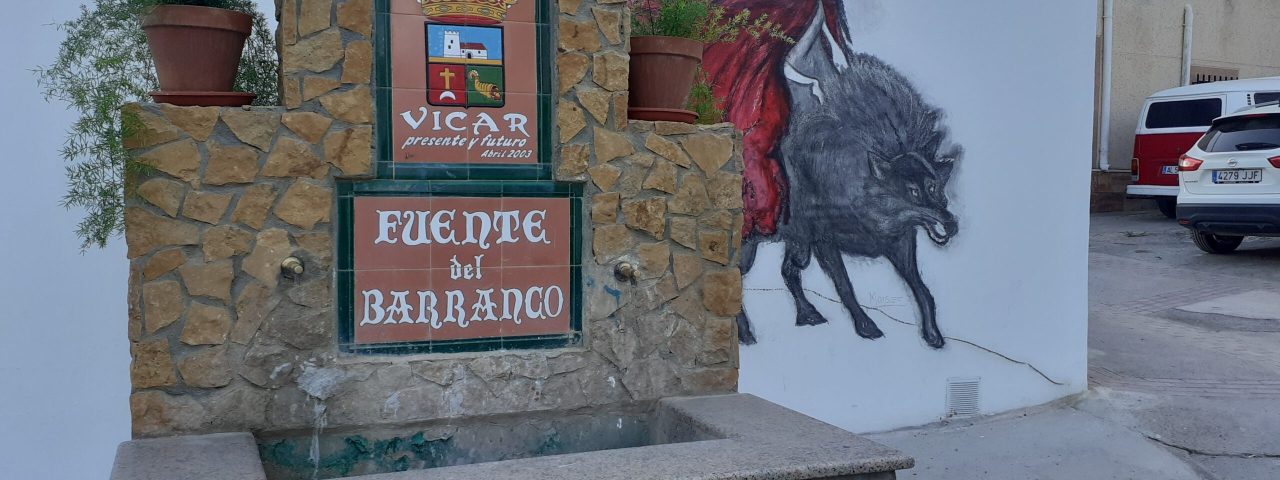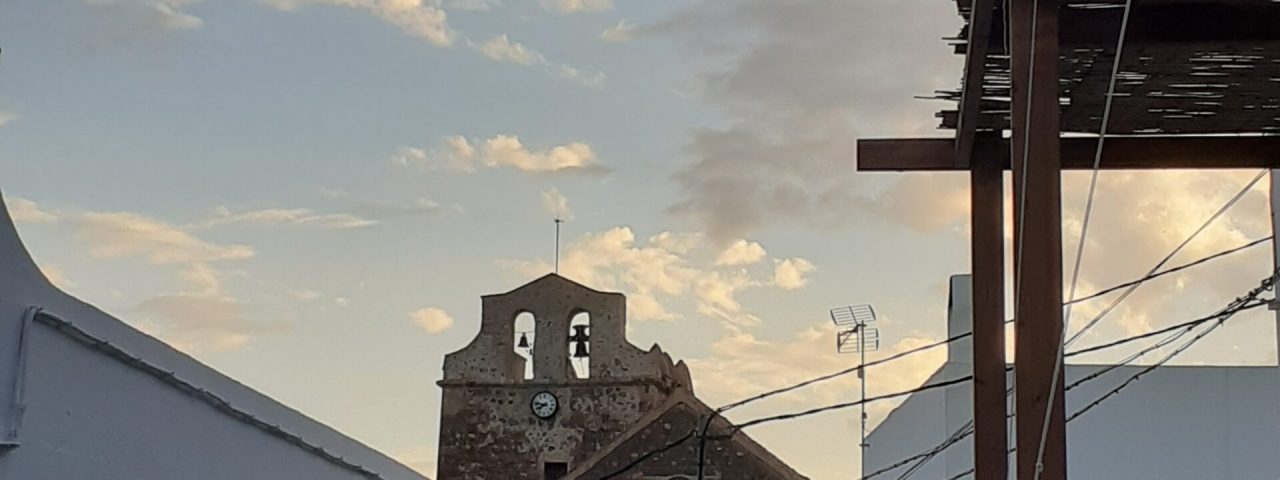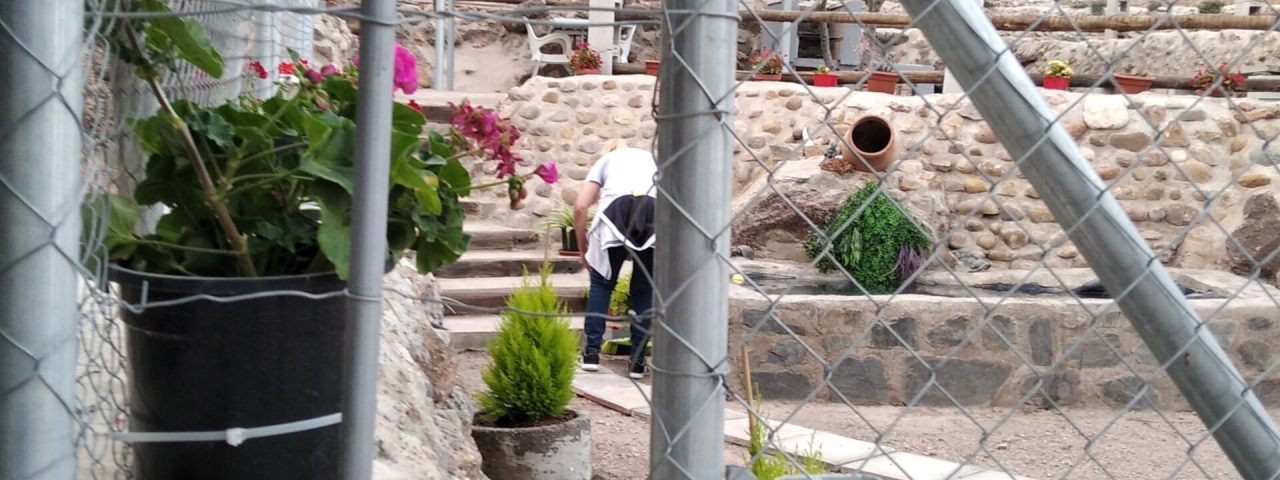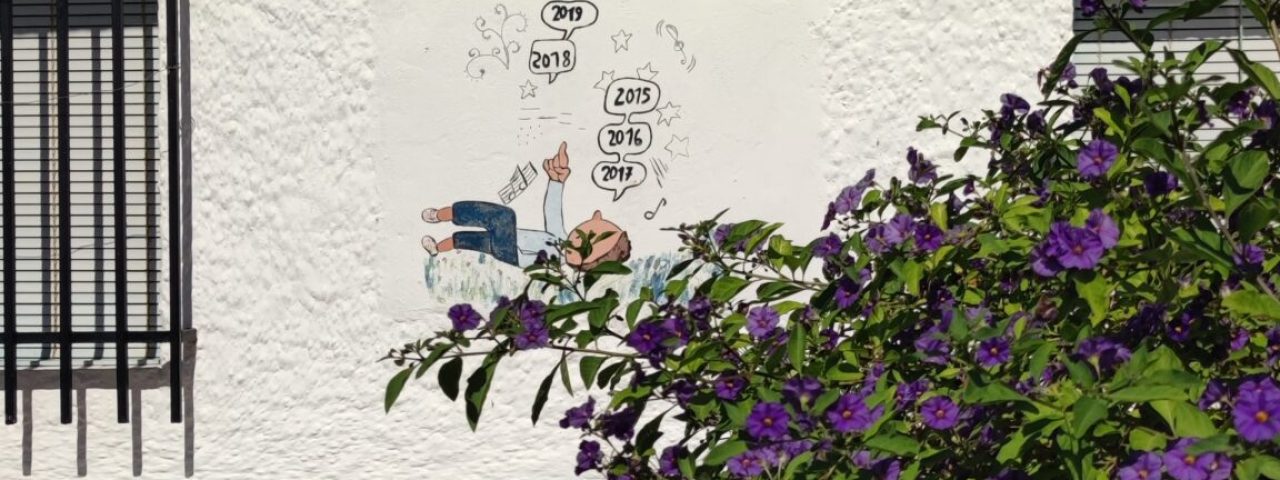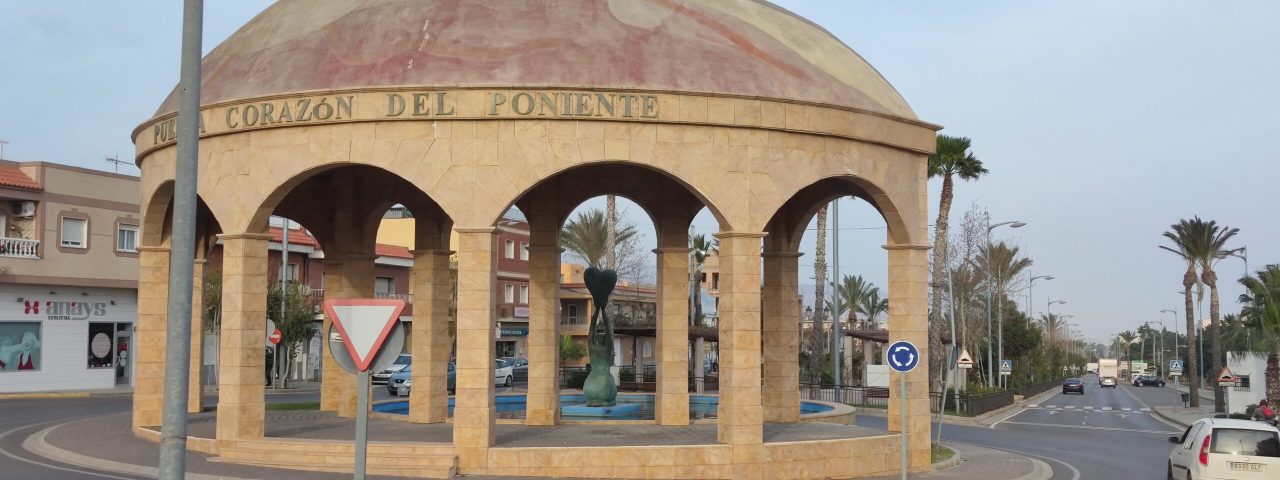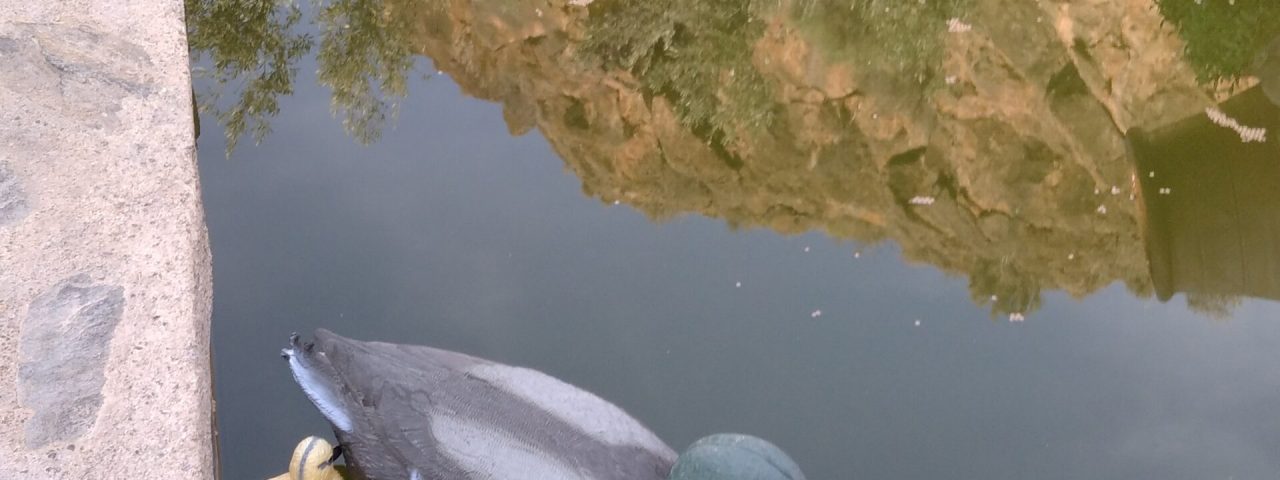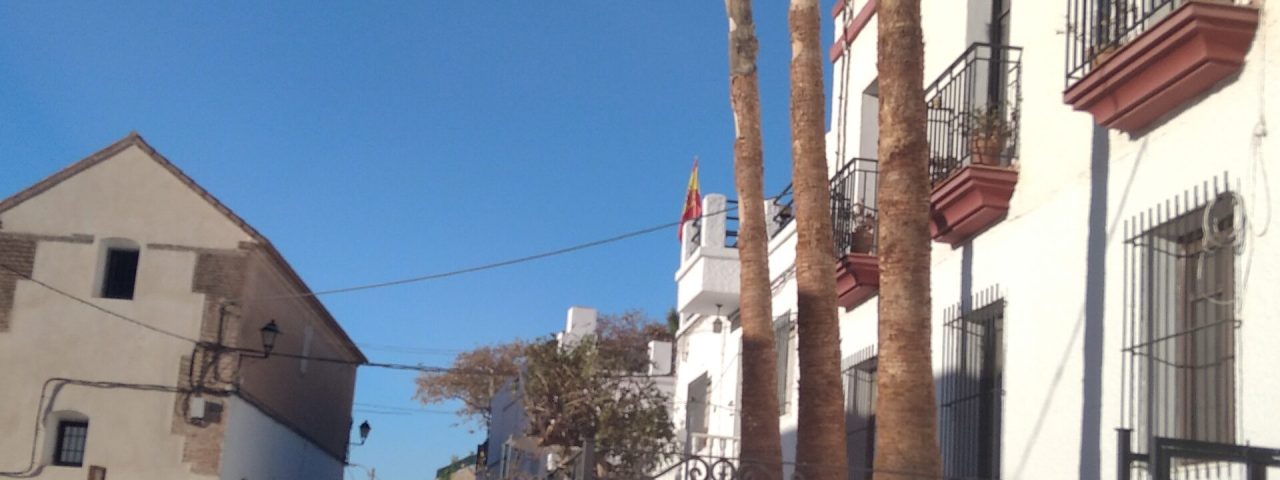Vícar’s history is deeply rooted in the various civilizations that have passed through Andalusia, from the ancient Romans to the Moors and later Christian rule. Its cultural identity reflects this rich historical tapestry, with traces of Moorish architecture and influence still visible in the town. After the Christian Reconquista in the 15th century, Vícar, like much of Andalusia, underwent a period of transformation, resulting in a blend of architectural and cultural styles that define the town today.
Vícar is also known for its vibrant cultural life, with traditions and festivals that celebrate its Andalusian heritage. One of the most important local festivals is the Fiesta de San Benito, the town’s patron saint, where traditional music, dance, and food come together in a joyous celebration. Additionally, Vícar hosts events related to Flamenco, which is a key part of Andalusian culture, giving visitors a chance to experience one of Spain’s most iconic cultural expressions.
Local customs include daily siestas, community gatherings, and a deep appreciation for family and food. Historical landmarks such as the Torre de los Enciso, an ancient watchtower, add to the town’s charm, reminding visitors of its strategic importance in defending the coast during historical periods of conflict.
